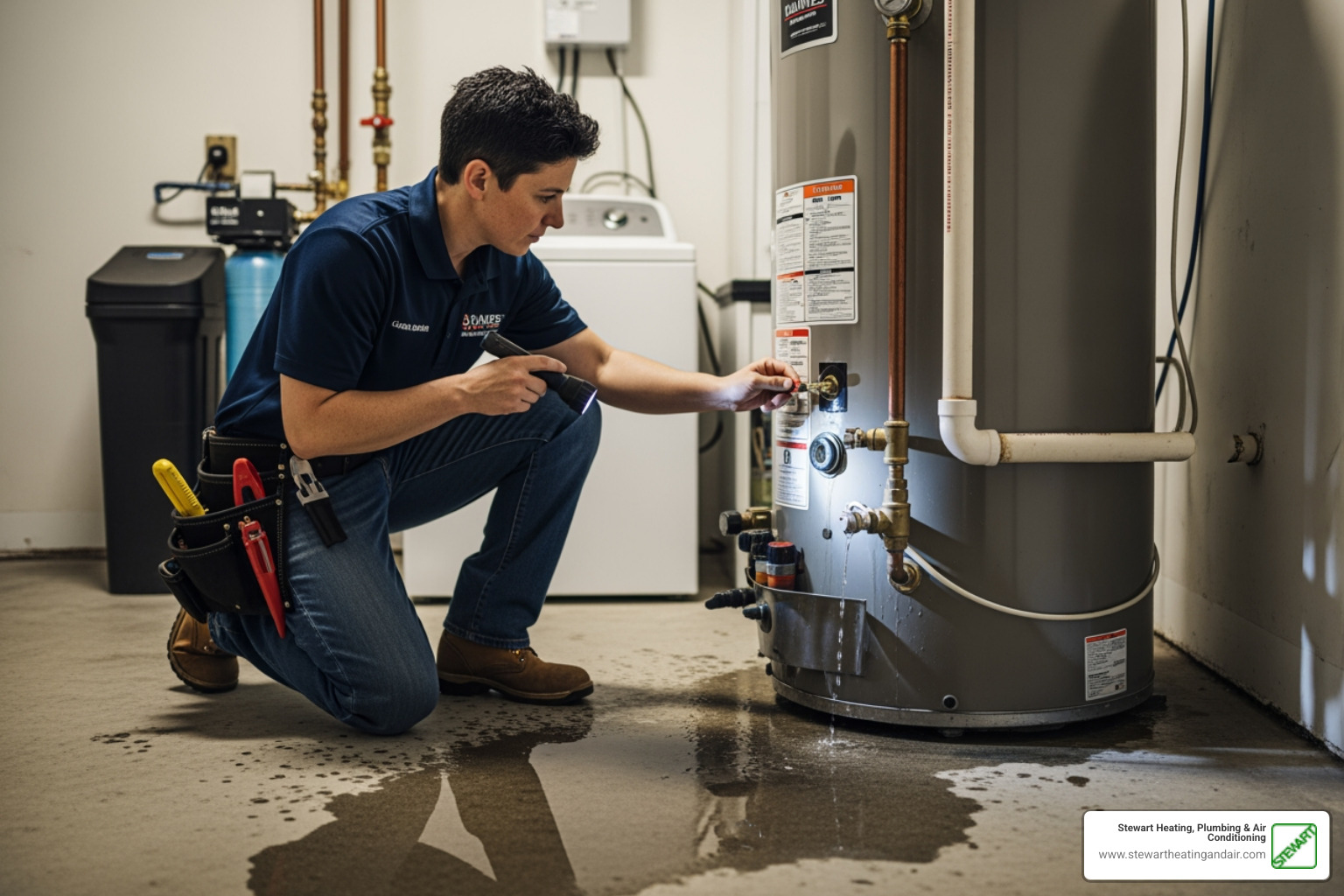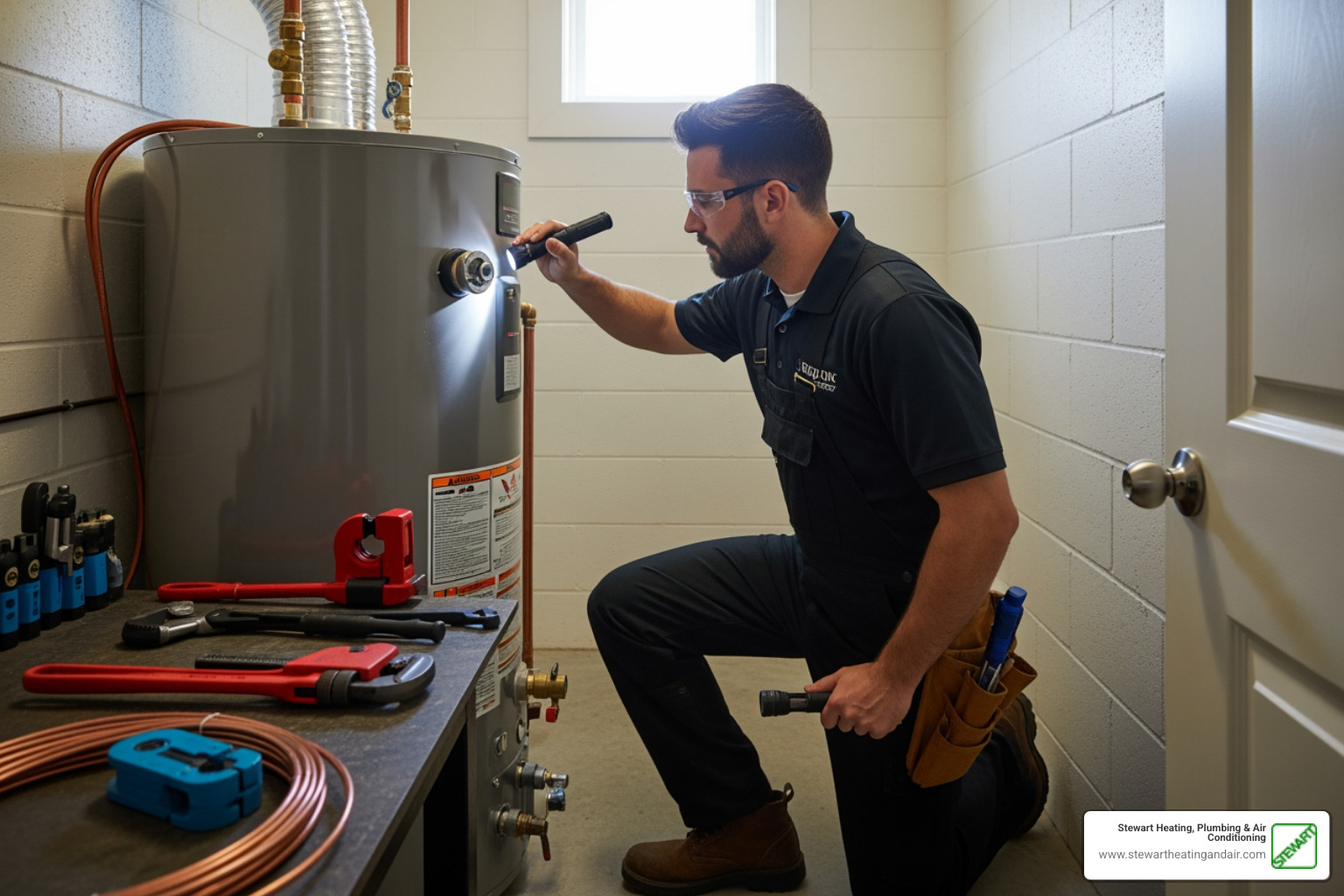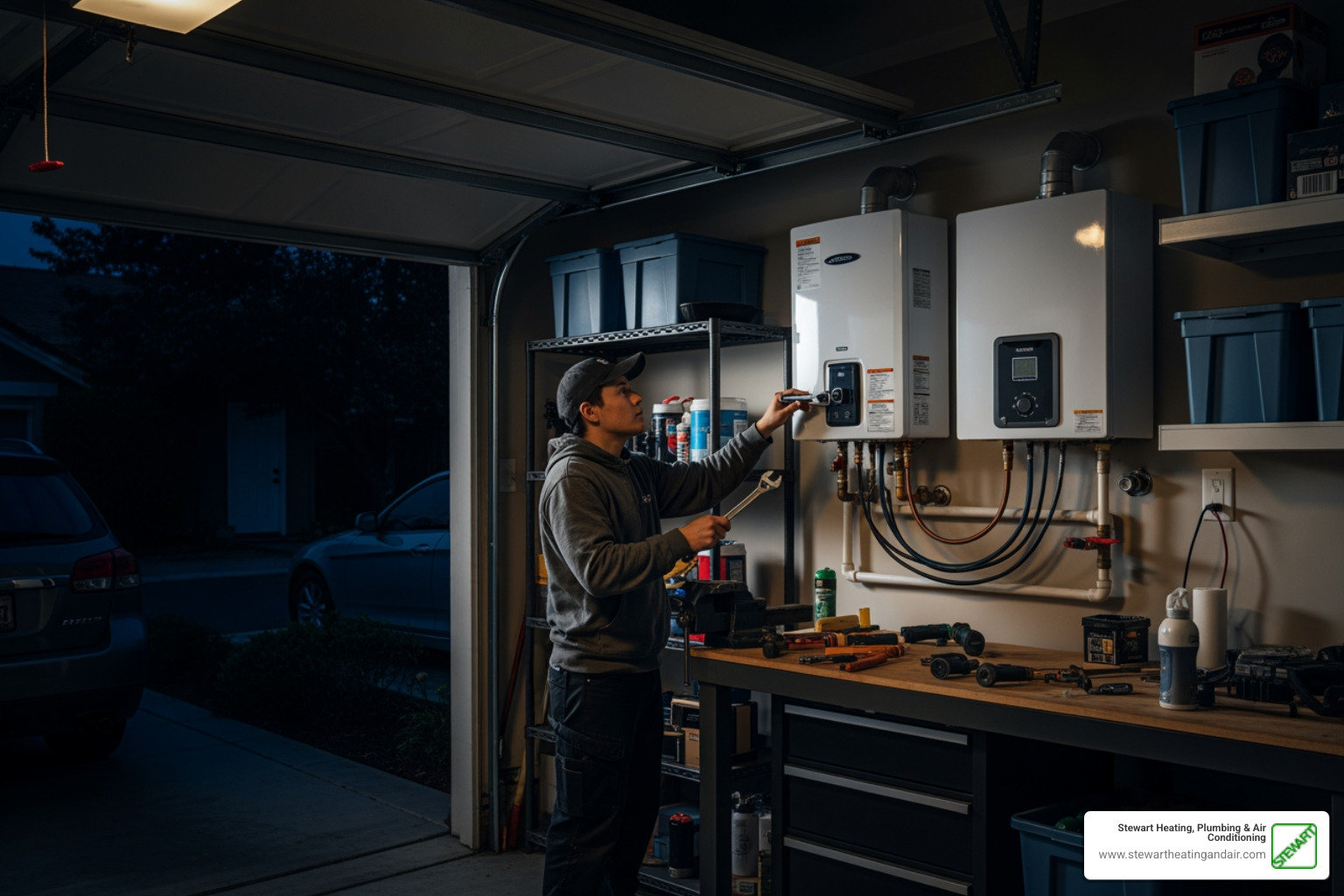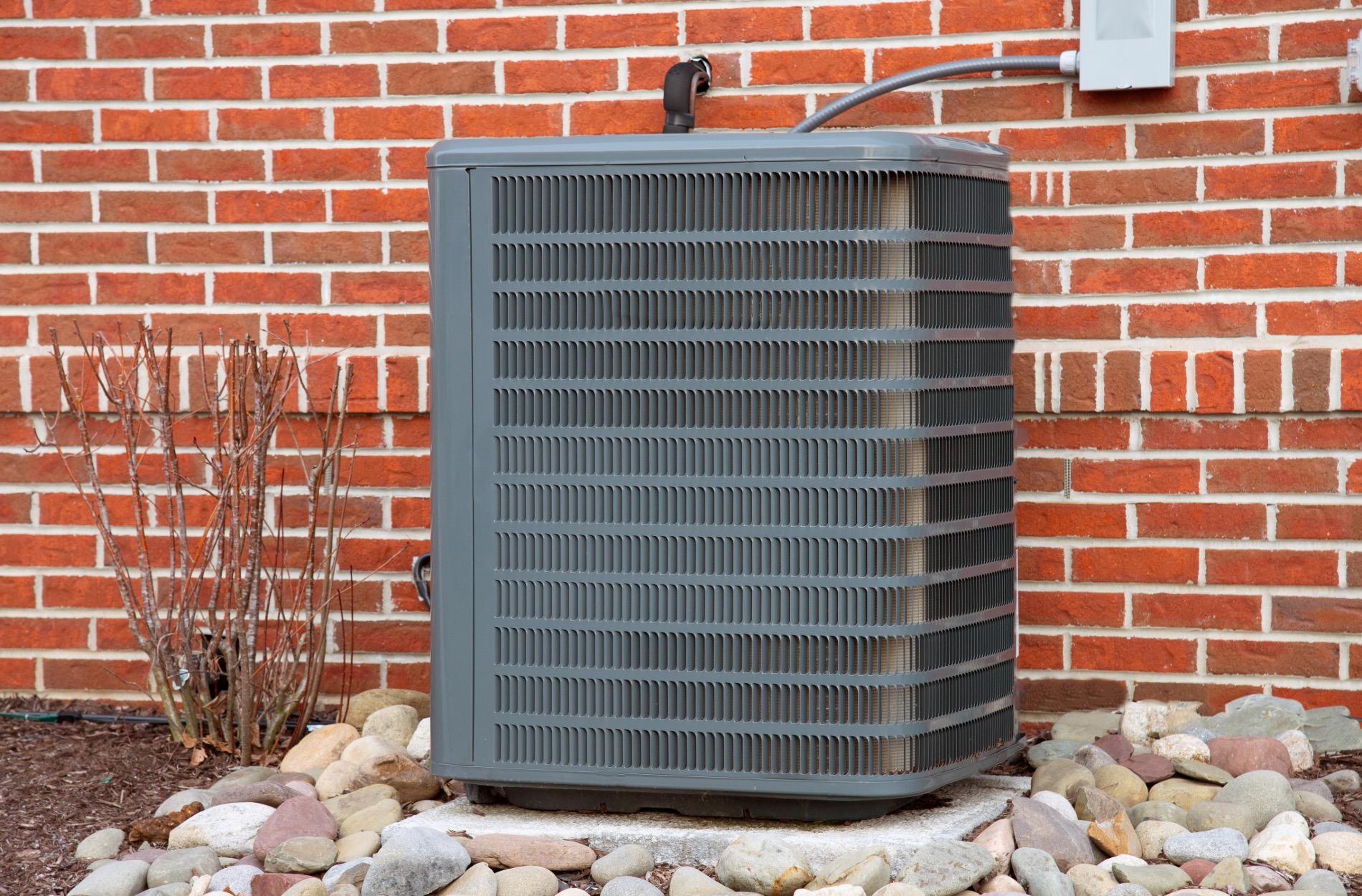
When you’re getting ready for a heat pump installation in Pleasant Hill, one of the most overlooked steps is choosing the right size unit. Homeowners often assume bigger is better, or that all units perform similarly regardless of a home's layout or insulation levels. But the wrong size heat pump can create ongoing issues—from higher utility bills to uneven indoor temperatures. If your unit is too small, it will struggle to keep up on hot summer days. Too large, and it will cycle on and off too often, causing extra wear and tear.
The right fit is not just about square footage. Pleasant Hill has specific climate conditions that affect sizing. Whether you're matching a system to an older home with drafty windows or newer construction with tight insulation, an accurate assessment is key. Getting the size right helps maintain steady operation, consistent comfort, and lower energy costs.
Understanding Heat Pump Sizing
When people hear the term "heat pump size," they often think of the unit's physical shape or footprint. In reality, it refers to the system’s heating or cooling capacity, which is measured in BTUs, or British Thermal Units. This capacity has to align with the specific heating and cooling load of your home. A mismatch in either direction can lead to poor performance.
When your heat pump is properly sized, it stays on longer during each cycle. This helps maintain a consistent indoor temperature without constant starting and stopping. That steadiness improves overall efficiency. If your unit is too large, it may cool quickly but shut off before it can properly remove humidity. If it’s too small, it will work nonstop and still not reach the desired temperature.
Pleasant Hill’s summer weather means higher cooling demands during parts of the year. Sizing a unit based on average conditions elsewhere or using guesswork often trips homeowners up. Matching the system capacity with both the structure and local climate makes your HVAC system more dependable season to season.
Factors Influencing Heat Pump Size
Even homes with similar square footage can need very different heat pump sizes. A professional assessment considers multiple elements that affect heat pump performance in Pleasant Hill. Some of the most important ones are listed below.
1. Living Space and Layout
Open floor plans, vaulted ceilings, and multistory layouts all influence how air moves and where temperature differences may occur. A 2,000-square-foot single-level ranch has different air movement needs than a similarly sized two-story home.
2. Insulation and Sealing
The more airtight a building is, the less cooled air escapes. Older homes with worn seals or minimal insulation might need units with higher capacities to offset losses. In contrast, newer homes with sealed building envelopes can usually be managed with more moderate systems.
3. Window Size and Orientation
South- or west-facing windows let in more direct sun. Homes with a lot of glass or large windows often bear more heat gain during the afternoon, increasing cooling demands. Even double-paned windows with shades vary in how much heat they allow in, all of which affects sizing needs.
4. Local Climate
Pleasant Hill experiences summer highs that press HVAC systems to perform at their peak. Hot afternoons and mild evenings mean units work hardest late in the day. Heat pump output must account for these periods to maintain indoor comfort.
5. Occupant Activity and Appliances
Homes with many residents produce more internal heat, both through body warmth and the frequent use of heat-generating appliances. Kitchen activity, lighting, computers, and other electronics add to the load.
All these elements feed into heat pump capacity. That’s why exact sizing usually requires more than just looking up square footage. Missing just one of these sizing influences can reduce system performance and cause issues down the line.
The Heat Load Calculation Process
The most reliable way to determine the correct heat pump size is through a heat load calculation. This evaluation takes into account how much heat your house gains and loses, creating a detailed understanding of what your HVAC system needs to do during both the hottest and coolest days in Pleasant Hill.
Several data points contribute to this calculation:
- Total finished square footage
- Number of rooms and stories
- Levels of insulation in walls, attic, and floors
- Window count, size, orientation, and type
- Air leakage at doors, vents, and other entry points
- Ductwork design and condition
- Local weather data
Technicians commonly perform this using Manual J software, a recognized calculation method developed by HVAC engineers. It builds a detailed profile based on how the components of your home interact with outside temperatures and sunlight.
As an example, two Pleasant Hill homes with the same layout may perform entirely differently depending on nearby shade trees, insulation differences, or the number of skylights and windows. Manual J captures these differences to help ensure the system recommendation fits your home and its specific demands, instead of relying on one-size-fits-all guidance.
Our professionals use this process to make sure you're not over- or under-sizing your system. Errors in either direction can waste energy, shorten equipment life, or reduce indoor comfort throughout the year.
Why Professional Installation Matters
Getting the right system size is only part of the process. Just as important is a heat pump’s installation. Our technicians use tested procedures and tools to set up systems according to standards that ensure long-term efficiency and even airflow.
A poorly installed heat pump—even if sized correctly—can still underdeliver. Problems like duct leaks, airflow bottlenecks, or thermostat issues can weaken system performance from the start. That’s why our technicians check every part of the installation, from the duct paths to the refrigerant charge.
Here are some key installation steps our professionals handle:
- Verifying airflow and duct balance
- Setting airflow speeds appropriate for each season
- Ensuring refrigerant is at factory-specified levels
- Confirming thermostat control settings match system cycles
- Adjusting registers for consistent airflow
Installing your system correctly extends its lifespan. Fewer short cycles and less internal wear keep components operating longer. Homeowners also enjoy fewer repairs and more predictable indoor temperatures with correctly installed systems.
Set Your Pleasant Hill Property Up for Comfort
Every home in Pleasant Hill has its own structure, activity level, and exposure to the elements. These differences matter when selecting a heat pump. Shortcuts during the sizing process or installation often show up months later as reduced performance or higher bills.
When you take time to assess every part of your home’s HVAC needs, the end result is a system that fits better. Whether it's insulation upgrades, duct modifications, or accounting for sun exposure, each plays a role in how well your system performs.
A poor fit leads to temperature swings, higher operating costs, and a shorter service life. A properly sized and installed unit helps maintain balance from room to room and season to season. For comfort that lasts through warm Pleasant Hill summers, sizing and setup should be handled with care.
Ready to improve your home's comfort with accurate sizing? At Stewart Heating Plumbing Air Conditioning, our professionals know that proper assessment can make a significant difference in your system performance, so consider our heat pump installation in Pleasant Hill to ensure your unit fits your unique needs and maintains steady airflow. For a quick estimate or to book a service visit, please contact us today.

